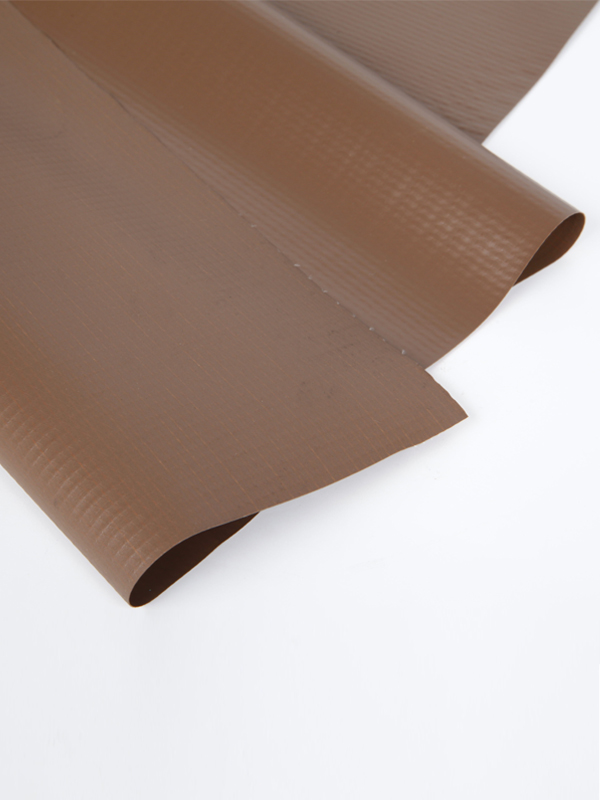The weight of inflatable boat fabric is an important consideration, as it affects portability, ease of handling, and overall performance. Here's a comparison of the weight of commonly used materials in inflatable boat construction:
Common Fabrics Used in Inflatable Boat Construction
PVC (Polyvinyl Chloride):
Weight: PVC fabrics typically range from 0.6 to 1.5 kg/m2 (about 18 to 44 oz/yd2), depending on the thickness and the presence of reinforcements.
Advantages: PVC is lightweight, cost-effective, and easy to handle, making it a popular choice for recreational inflatable boats. It provides a good balance of durability and affordability.
Disadvantages: It may not be as durable as Hypalon in harsh environmental conditions and has a shorter lifespan.
Hypalon/CSM (Chlorosulfonated Polyethylene):
Weight: Hypalon fabrics usually weigh more, ranging from 1.0 to 1.8 kg/m2 (about 30 to 53 oz/yd2).
Advantages: Hypalon is highly resistant to UV light, chemicals, and extreme temperatures. It offers superior durability and longevity, making it ideal for professional and heavy-duty applications.
Disadvantages: Hypalon is heavier and more expensive than PVC, which can affect portability and initial cost.
PU (Polyurethane):

Weight: Polyurethane fabrics generally weigh between 0.5 and 1.2 kg/m2 (about 15 to 35 oz/yd2).
Advantages: PU offers excellent abrasion resistance and flexibility. It's lightweight and can be manufactured to provide high puncture and tear resistance.
Disadvantages: While more durable than PVC, PU can be more expensive and less common in consumer-grade inflatable boats.
Comparison with Other Materials
Neoprene:
Weight: Similar to Hypalon, neoprene-coated fabrics can range from 1.0 to 1.5 kg/m2 (30 to 44 oz/yd2).
Advantages: Neoprene provides good resistance to weathering and chemicals. It is often used in combination with other materials, such as Hypalon, to enhance performance.
Disadvantages: Neoprene can be heavy and expensive, and it is typically used in more specialized or high-end applications.
Nylon/Polyester Fabrics (uncoated):
Weight: Uncoated nylon and polyester fabrics are significantly lighter, usually around 0.1 to 0.3 kg/m2 (3 to 9 oz/yd2).
Advantages: These fabrics are lightweight and strong, often used as the base layer for coated fabrics.
Disadvantages: Without a protective coating, they lack the necessary puncture and abrasion resistance for inflatable boats.
Summary of Weight Comparison
PVC: Lightweight to moderate, generally around 0.6 to 1.5 kg/m2.
Hypalon/CSM: Moderate to heavy, typically 1.0 to 1.8 kg/m2.
Polyurethane: Lightweight to moderate, usually 0.5 to 1.2 kg/m2.
Neoprene: Moderate, around 1.0 to 1.5 kg/m2.
Uncoated Nylon/Polyester: Very lightweight, 0.1 to 0.3 kg/m2.

 English
English русский
русский Français
Français Español
Español عربى
عربى







